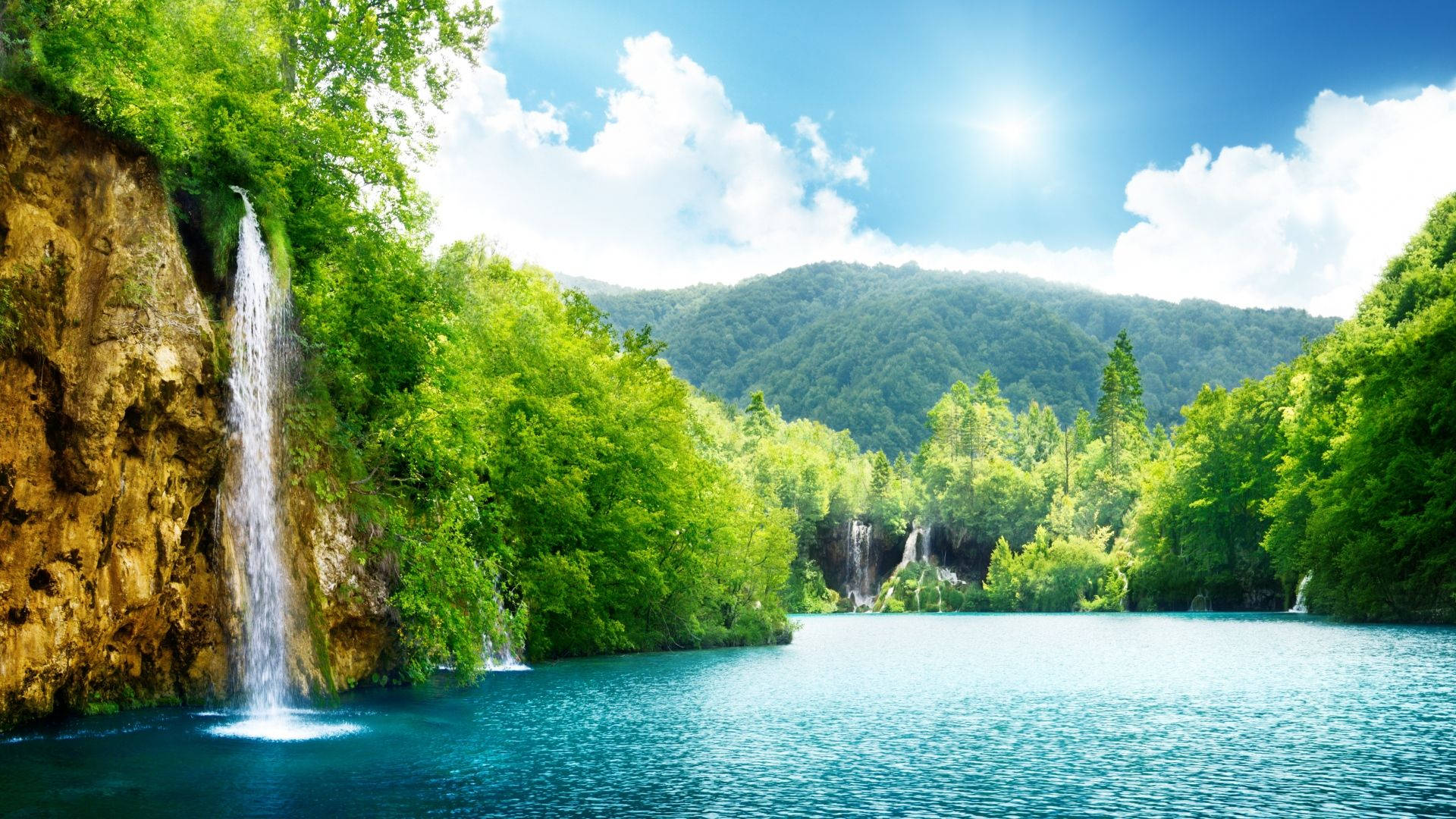Batter Links: Your Gateway to Trending News
Stay updated with the latest trends and insights from around the world.
Nature's Hidden Treasures: Capturing the Unseen Beauty
Discover the breathtaking beauty of nature’s hidden treasures and unlock the secrets waiting to be explored!
Exploring the Microcosm: Discovering the Hidden Wonders of Nature
In the vast tapestry of the natural world, the microcosm often goes unnoticed, yet it holds hidden wonders that can inspire awe and curiosity. From the intricate structures of a single flower to the bustling activity within a drop of pond water, these small-scale ecosystems are teeming with life and complexity. By immersing ourselves in the exploration of these minute worlds, we can uncover the intricate relationships that exist among species, the delicate balance of ecosystems, and the fascinating adaptations that allow organisms to thrive in their environments.
Discovering the hidden wonders of nature requires patience and a keen eye. Whether you’re engaging in activities such as macro photography, entomology, or simply observing the patterns of insects on a leaf, each moment spent in exploration can yield remarkable insights. Consider taking time to:
- Study the vibrant colors and patterns of various insects.
- Examine the intricate textures of tree bark and plant leaves.
- Document the various microorganisms that inhabit a tiny puddle.
By embracing the beauty found in the microcosm, we not only enrich our appreciation of nature but also deepen our understanding of the essential roles these organisms play in our larger ecosystem.

How to Capture the Unseen Beauty of Nature Through Photography
Capturing the unseen beauty of nature through photography requires a keen eye and an open heart. To begin, immerse yourself in the environment around you—take moments to observe the intricate details often overlooked, such as the delicate patterns on leaves or the vibrant colors of wildflowers. Nature's beauty lies in its subtleties, and using a macro lens can help reveal these details, transforming a simple image into a breathtaking portrayal of life. Additionally, consider the time of day; shooting during the golden hour, shortly after sunrise or before sunset, can add a warm glow that enhances the appeal of your subjects.
Once you've identified your subjects, pay attention to composition to capture nature's stunning aesthetics effectively. The rule of thirds is a classical technique that can help frame your shots beautifully. Experiment with angles and perspectives—sometimes the most extraordinary views are found from below a blooming tree or atop a rocky ledge. Use natural elements, like leading lines from pathways or rivers, to guide the viewer's eye through your photograph, creating a story within the frame. By documenting these hidden elements of the natural world, you'll not only capture their beauty but also inspire others to appreciate and protect our environment.
What Are Nature's Hidden Treasures and Where Can You Find Them?
Nature's hidden treasures are often elusive wonders waiting to be discovered in the most unexpected places. From rare gemstones concealed within the earth to unique ecosystems teeming with life, these treasures offer a glimpse into the remarkable diversity of our planet. For instance, treasures like amethyst geodes can be found in regions such as Brazil and Uruguay, where volcanic activity has created the perfect conditions for these stunning crystals to form. Additionally, hidden waterfalls, like those found in the depths of remote rainforests, showcase nature's beauty and serve as a reminder of the pristine environments that still exist on our planet.
To embark on your quest for nature's hidden treasures, consider exploring the following locations:
- The Amazon Rainforest - Home to countless undiscovered species and breathtaking landscapes.
- The Rocky Mountains - A treasure trove of rare minerals and spectacular natural formations.
- The Australian Outback - Where you can find precious opals and witness stunning geological wonders.
Each of these locations offers a unique opportunity to connect with the earth's untamed beauty, making your search for nature's hidden treasures both rewarding and unforgettable.